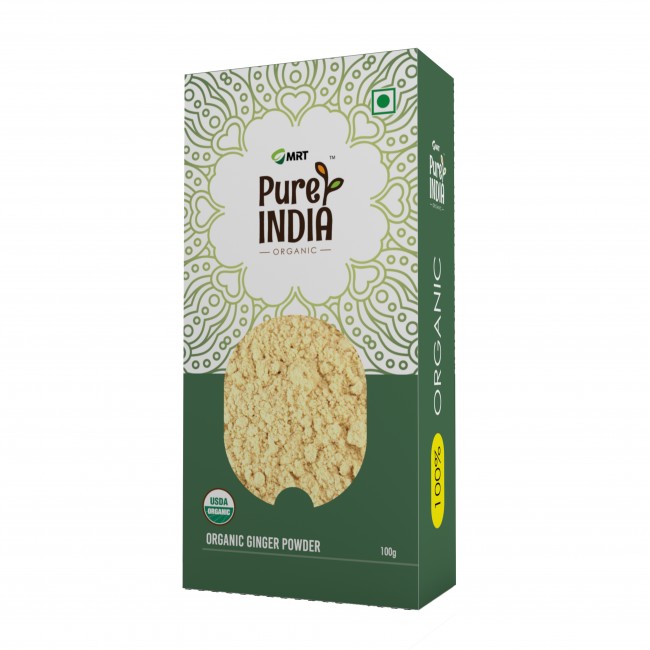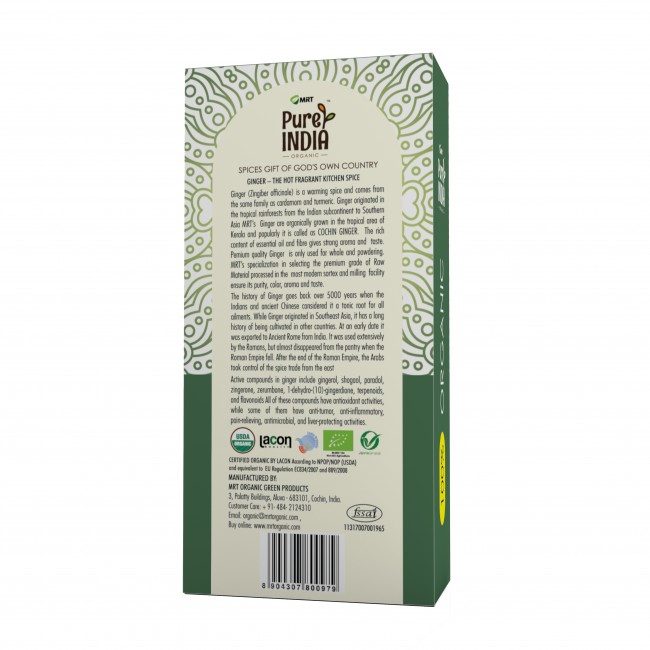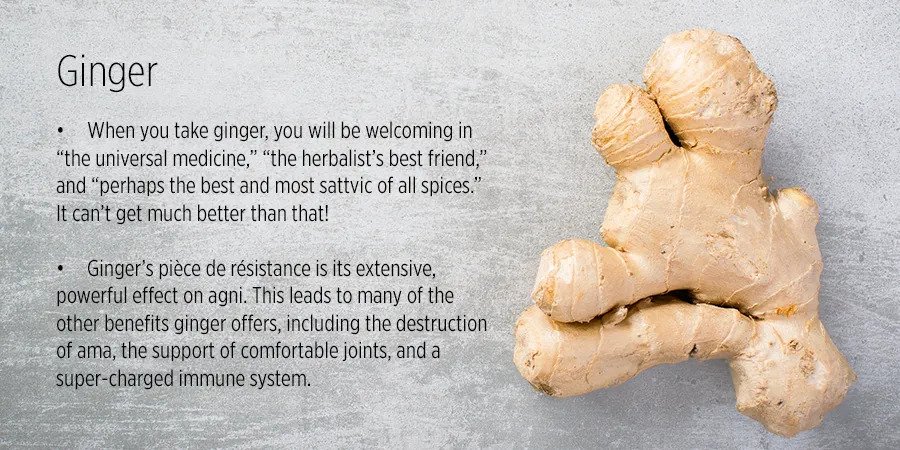



BOTANICAL NAME :Zingiber officinale
• Ginger (Zingiber officinale) is a flowering plant whose rhizome, ginger root or simply ginger, is widely used as a spice or a folk medicine. It is an herbaceous perennial which grows annual stems about a meter tall bearing narrow green leaves and yellow flowers.
• Ginger is in the family Zingiberaceae, to which also belong turmeric (Curcuma longa), cardamom (Elettaria cardamomum), and galangal. Ginger originated in the tropical rainforest in Southern Asia.
• Although ginger no longer grows wild, it is thought to have originated on the Indian subcontinent. The ginger plants grown in India show the largest amount of genetic variation.
• The larger the number of genetic variations, the longer the plant is thought to have grown in that region.
• Ginger was exported to Europe via India in the first century AD as a result of the lucrative spice trade and was used extensively by the Romans.
NUTRITIONAL BENEFITS
• IHistorically, ginger has a long tradition of being very effective in alleviating symptoms of gastrointestinal distress.
• In herbal medicine, ginger is regarded as an excellent carminative (a substance which promotes the elimination of intestinal gas) and intestinal spasmolytic (a substance which relaxes and soothes the intestinal tract).
• Modern scientific research has revealed that ginger possesses numerous therapeutic properties including antioxidant effects, an ability to inhibit the formation of inflammatory compounds, and direct anti-inflammatory effects.
CERTIFICATION
MRT gives the products which are grown under stringent organic standards of NPOP, NOP and EU certification LACON, Germany.
